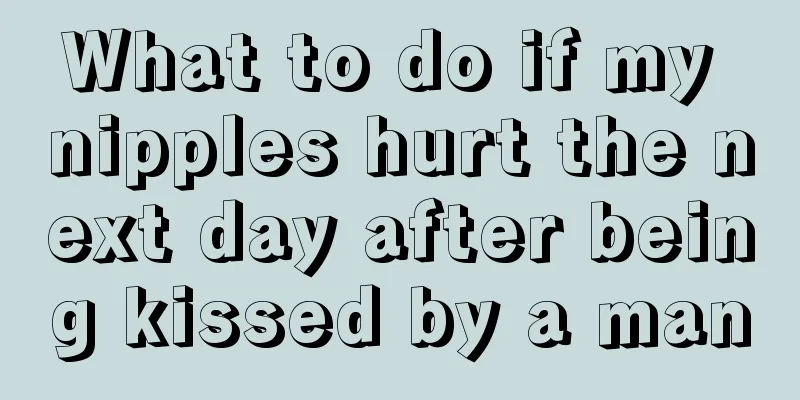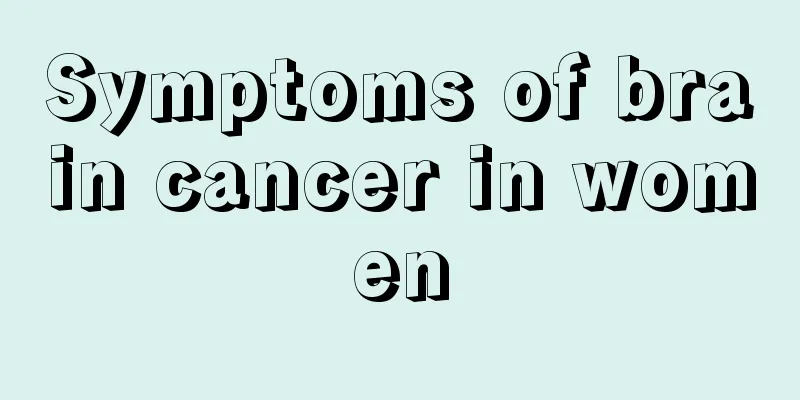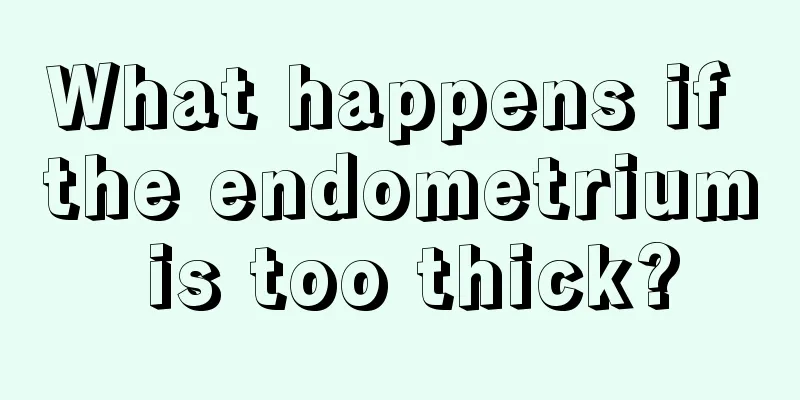Lumbar disc herniation: from cause to treatment

|
Lumbar disc herniation : from cause to treatment What is lumbar disc herniation? If the spine is the pillar of the human body, the lumbar spine is the foundation of the spine. The lumbar intervertebral disc, as a "soft cushion" in the middle of the lumbar spine, supports, connects and buffers shocks to the lumbar spine. The definition of lumbar disc herniation is that when the fiber ring of the intervertebral disc ruptures and the nucleus pulposus protrudes, compressing the surrounding nerve roots or spinal cord, it will cause symptoms of lumbar disc herniation. According to the degree and location of the protrusion, lumbar disc herniation can be divided into bulging type, protrusion type, extrusion type and free type. Common predisposing factors Office workers are prone to lumbar disc herniation due to the nature of their work and lifestyle. The following are several main reasons: • Sitting for long periods of time: Sitting for long periods of time causes continuous pressure on the lumbar spine; • Improper posture: Especially when sitting in a bad posture, it will increase the burden on the lumbar spine. Bad sitting postures such as leaning forward, hunching, and excessive bending of the waist will cause the intervertebral disc to bear uneven pressure and increase the risk of lumbar disc herniation; • Degeneration: As we age, the water content of the intervertebral disc decreases and it loses its elasticity; • Lack of exercise: Insufficient exercise of the core muscles (abdominal muscles, back muscles and gluteal muscles) leads to lumbar spine instability; • Trauma: A sudden impact or twist may cause a ruptured disc. Symptoms of lumbar disc herniation The symptoms of a herniated disc vary, depending on the extent and location of the herniated nucleus pulposus. Here are some common symptoms: (1) Low back pain: Early symptoms usually manifest as dull pain and discomfort in the lower back. This pain is often intermittent and can be relieved after rest. Lower limb soreness and fatigue are also early symptoms. This is because the protruding nucleus pulposus compresses the nerve roots, affecting the conduction function of the nerves. (2) Sciatica: It usually develops gradually, and the pain radiates from the buttocks, the posterior and lateral thighs, the lateral calf to the heel or dorsum of the foot. When the high intervertebral disc herniates (L2-L3, L3-L4), it may compress the corresponding upper lumbar nerve roots, resulting in pain in the anterior medial thigh or groin area. (3) Intermittent claudication: As the walking distance increases, the patient will gradually feel increased pain or discomfort in the lower back and back, and may also experience increased pain and numbness in the affected limb. (4) Cauda equina syndrome: Central lumbar disc herniation can compress the cauda equina nerve, causing urinary and bowel problems and abnormal sensation in the saddle area. When the disease is acute, it should be used as an indication for emergency surgery. Testing X-ray The frontal view can show lumbar scoliosis; the intervertebral space becomes narrower or unequal, with the space on the affected side being wider. The lateral view shows that the physiological flexion of the lumbar spine is reduced or disappears; CT and MRI examinations The impact of the intervertebral disc can be clearly shown; Electromyography The distribution range of abnormal EMG can determine the damaged nerve root and the extent of its impact on the muscle. Treatment Conservative treatment During the acute attack period, patients need to rest in bed appropriately to relieve symptoms, but it is not recommended to stay in bed for a long time. Patients are encouraged to carry out moderate and regular daily activities. When doing activities, they can consider wearing a waist belt to provide additional support and protection and reduce waist pressure. Physical therapy is suitable for patients with various types of lumbar disc herniation. Its main purpose is to reduce inflammation and relieve pain, stimulate nerves and muscles, loosen adhesions, and promote the recovery of waist and affected limb functions. The more effective physical therapies include: ultrashort wave, magnetic heat, interference electricity, low frequency, ultra laser, acupuncture, etc. 3D printing technology can be used to make lumbar pillows that conform to the patient's physiological curvature, improve symptoms from a mechanical perspective, and achieve the purpose of treatment; Surgery For cases that are ineffective with conservative treatment or have severe symptoms, minimally invasive treatment is an option. Percutaneous discectomy and laser disc decompression are common minimally invasive treatments. If you have any questions about spinal health, postoperative rehabilitation, etc., you are welcome to consult us! ! ! |
<<: Do you always smell this odor? Be careful! It may be a sign of cancer
>>: Health Tips丨Should you squeeze your acne? You can try these methods →
Recommend
Will I suffer from fecal incontinence if I am infected with XBB.1.5? Do I need to stock up on diapers? Here comes the answer
On January 4, the Chinese Center for Disease Cont...
Can I soak my feet during menstruation? Can I soak my feet in hot water?
Women can soak their feet during menstruation. Th...
Left rib pain during late pregnancy
Some pregnant women experience rib pain in the la...
How long does it take to recover from dryness after childbirth?
Although you can have sex during pregnancy, it is...
What causes high fasting blood sugar during pregnancy?
The physical condition of the expectant mother is...
What does sticky vaginal discharge mean?
Many female diseases are warned by leucorrhea to ...
Effective ways for girls to lose weight
If you want to achieve good weight loss results, ...
Can we eat sugarcane if it is red? Will eating sugarcane cause internal heat? Why?
Sugarcane is rich in polysaccharides, fats, organ...
Can pregnant women with colds take glucose tolerance tests?
I believe many pregnant women are not aware of th...
Why does my pregnant belly feel hard and tight?
Many female friends will experience a hard and ti...
What are the symptoms of premenopausal menstrual irregularities? Let’s gain knowledge together!
When women are about to reach menopause, their bo...
What are the taboos of TCM gynecological conditioning?
Nowadays, work pressure is getting higher and hig...
Is the wonton filling meat paste or minced meat? How much should the wonton filling be chopped?
We all know that wontons are delicious and tasty,...
What does cesarean section mean?
Cesarean section is not so unfamiliar to many pre...









